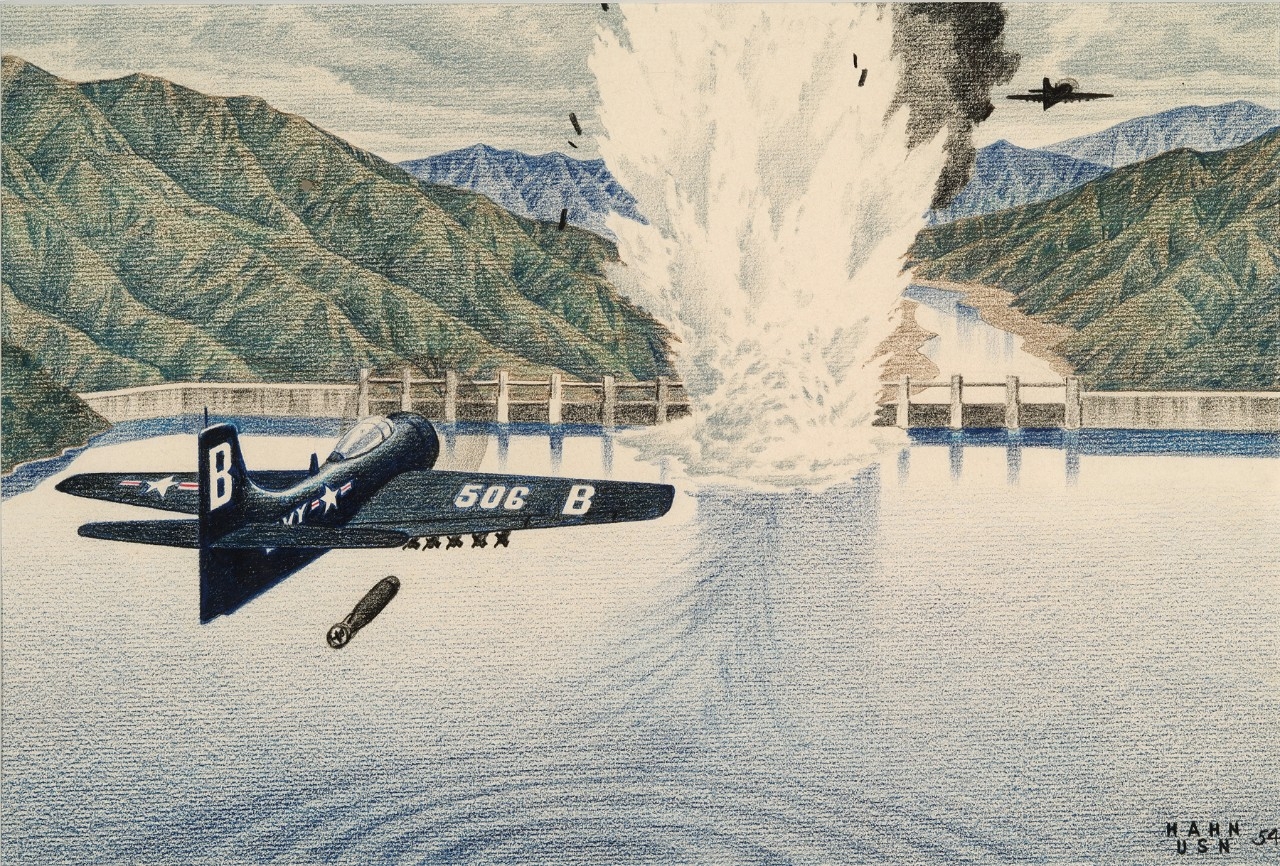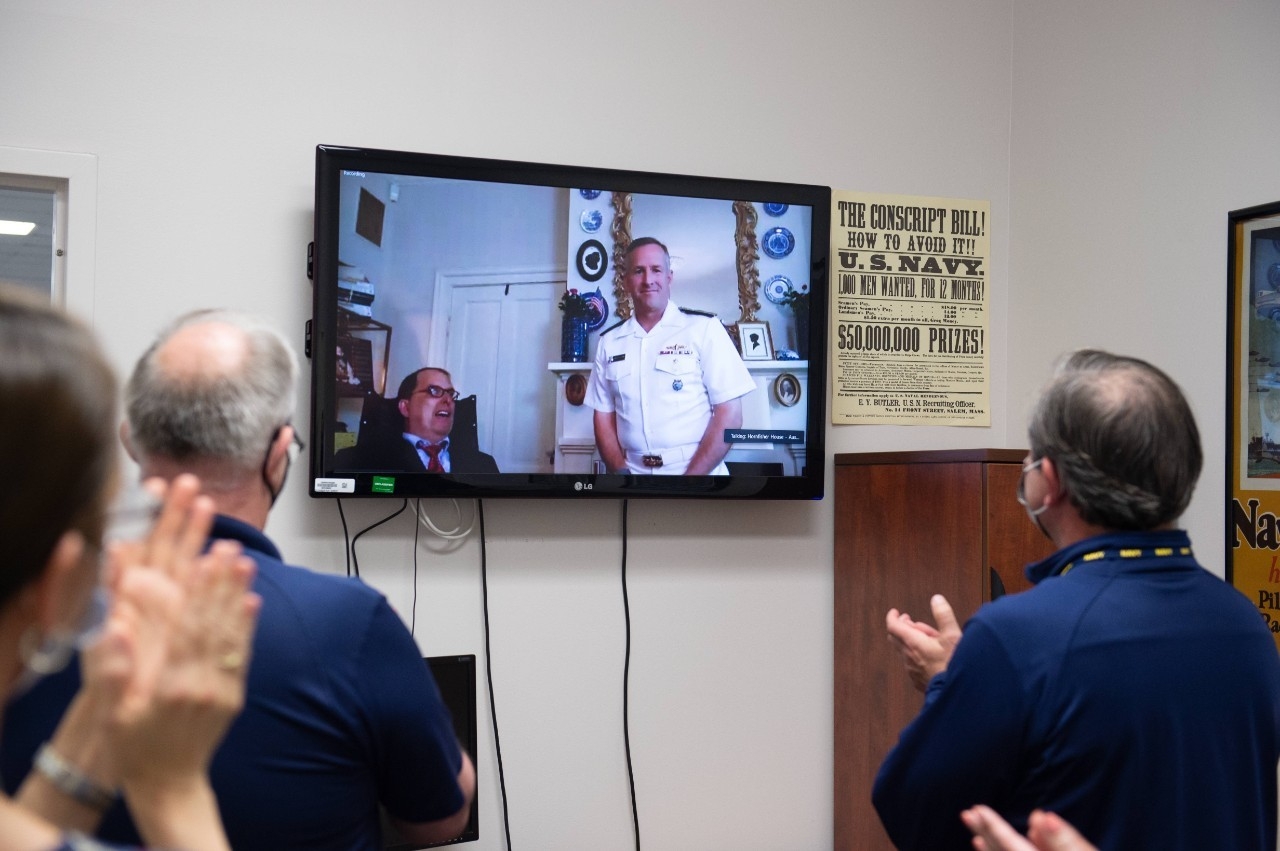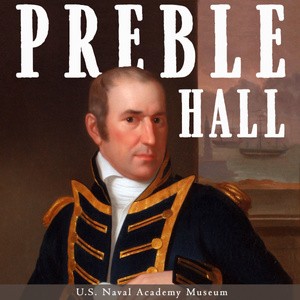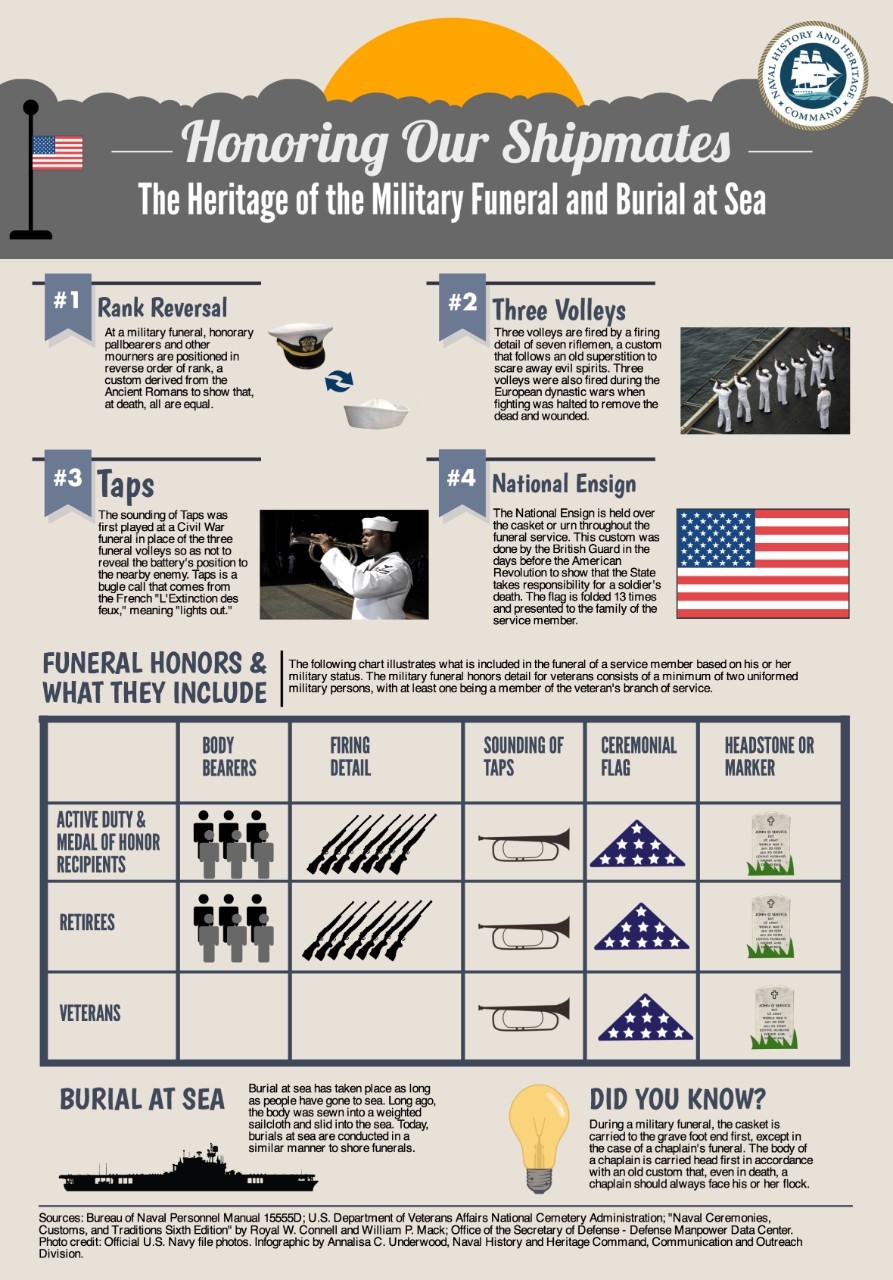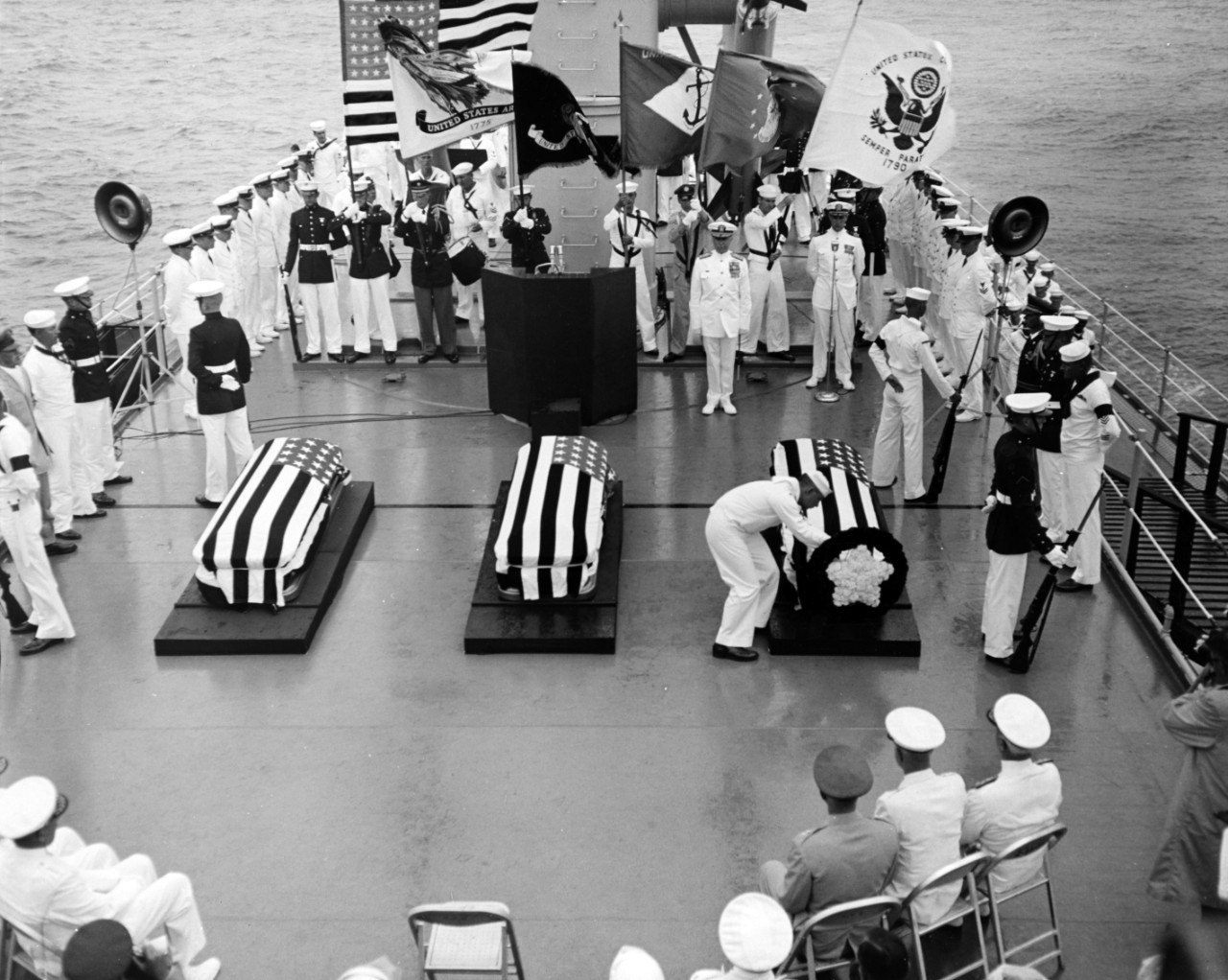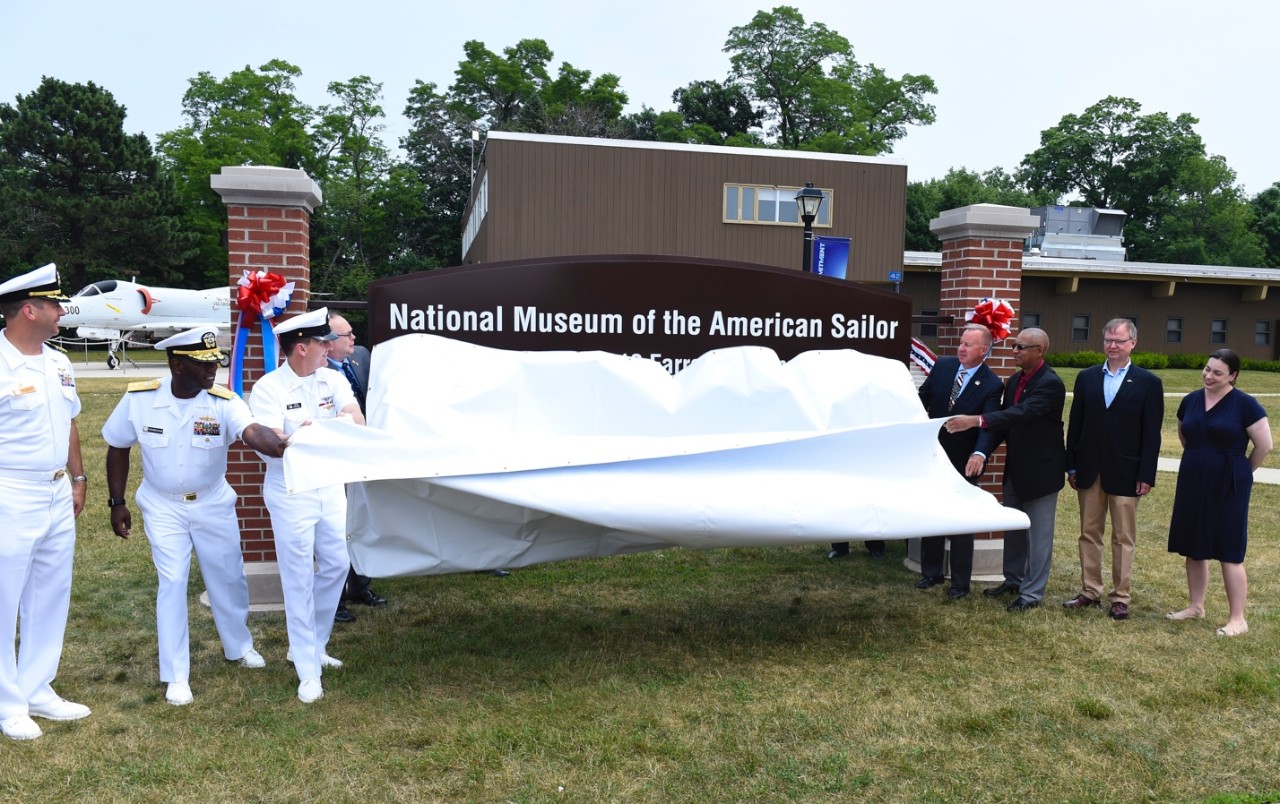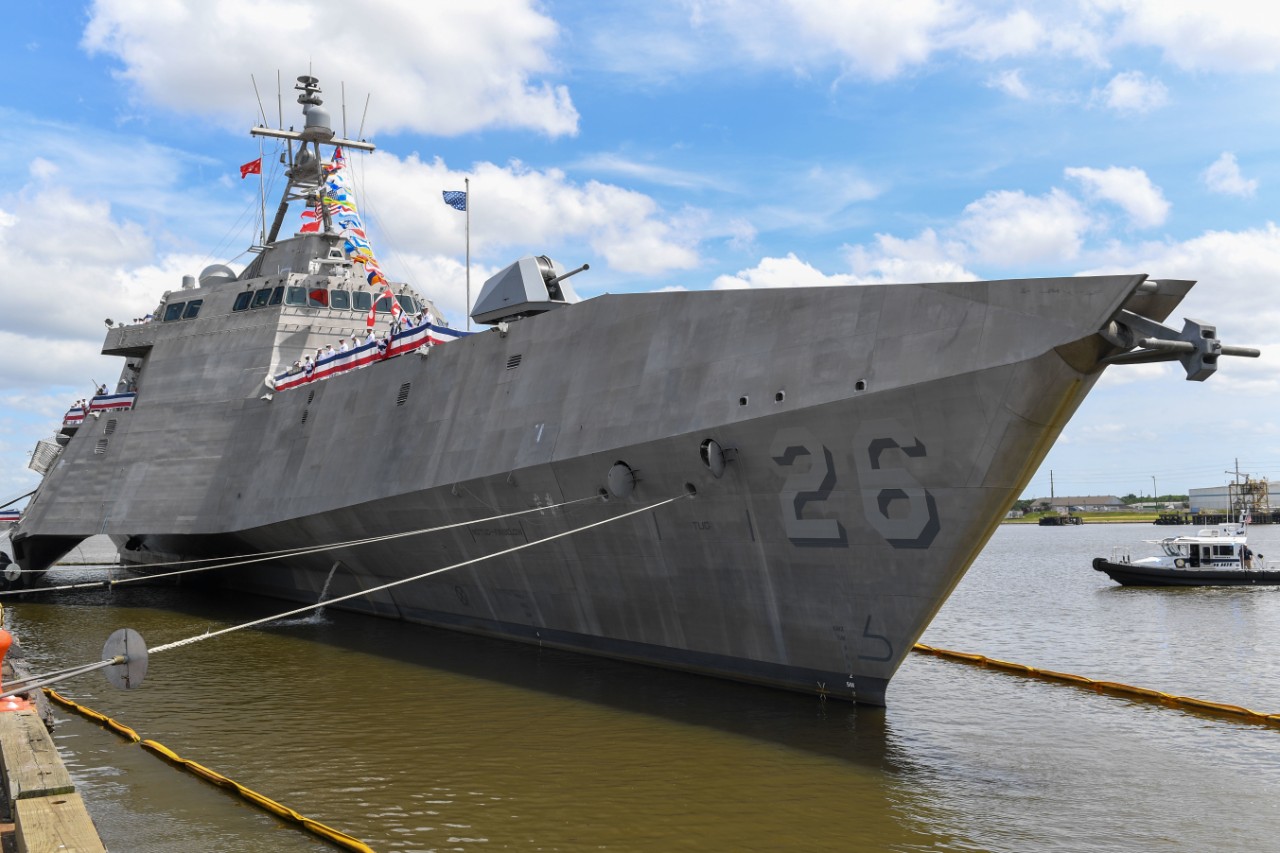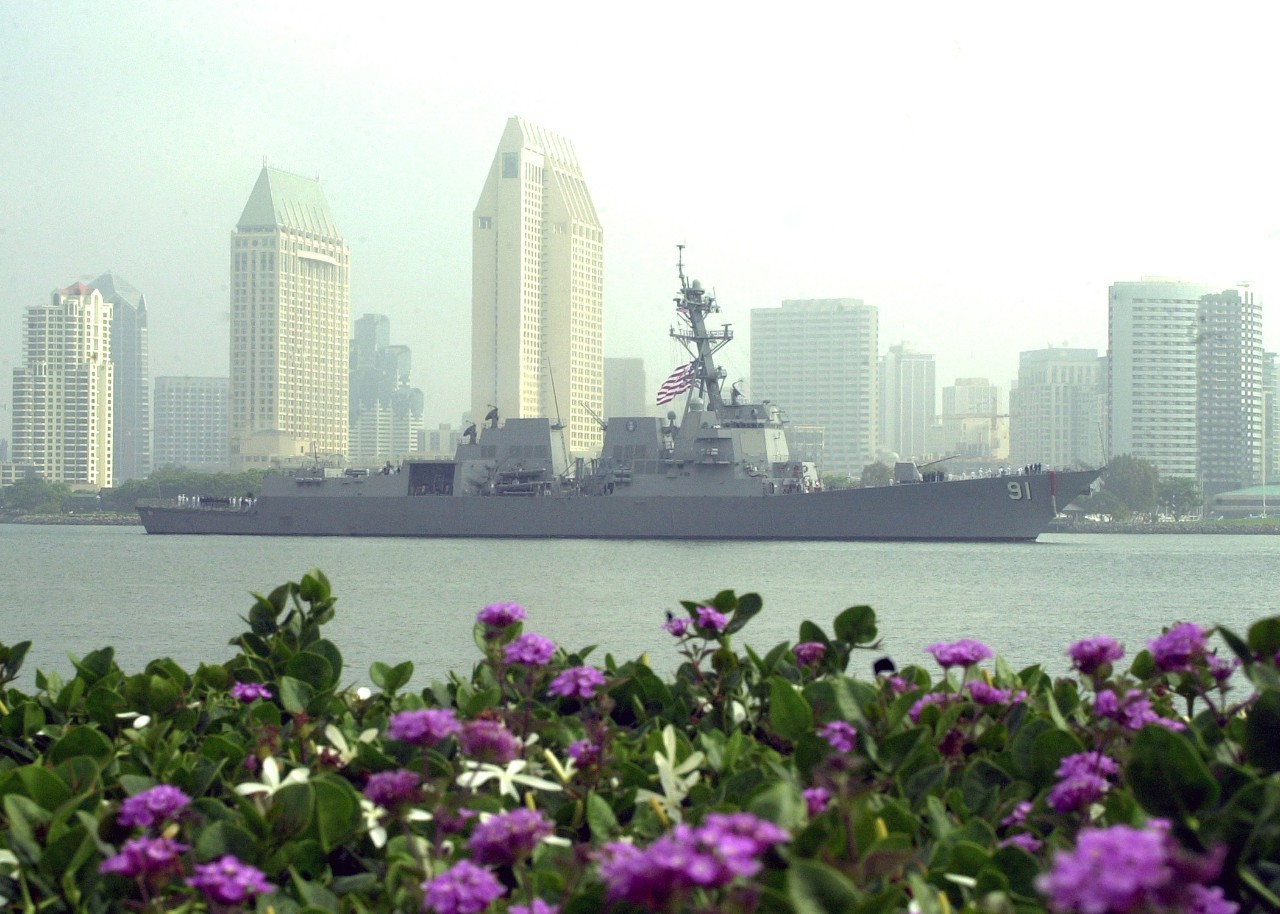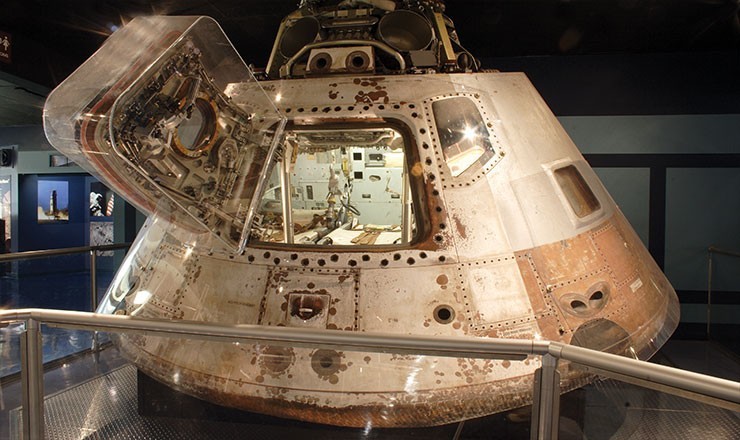Compiled by Brent Hunt, Naval History and Heritage Command’s Communication and Outreach Division
H-Gram 061: The Last Aerial Torpedo Attack
In his latest H-Gram, NHHC Director Sam Cox covers naval operations in the Korean War from March to July 1951, including carrier task force operations in the Formosa Strait (including the USS John A. Bole—DD-755—incident), “Carlson’s Canyon” air strikes, the aerial torpedo strike on Hwachon Dam, and the floating mine strike on destroyer USS Walke. Also, the final part of Director's Cox's personal memories of Operation Desert Storm and a discussion of the critical contributions of Navy sealift, Navy construction battalions, and Navy medicine to the successful conclusion of the operation. For more, read H-Gram 061 at the Director’s Corner. Rounding out the week, Director Cox recounts the amazing career of Rear Adm. Doniphan Shelton in celebration of his 100th birthday.
Naval Historian Receives Distinguished Award
NHHC Director Sam Cox recently participated in a virtual ceremony that presented the Navy Distinguished Public Service Award to naval historian James D. Hornfischer. During the ceremony, Cox highlighted Hornfischer’s distinguished public service to the Department of the Navy as an award-winning naval historian, Naval Historical Foundation board member, and noted historical speaker. “Anytime someone asks me ‘what’s the best book to read about the United States Navy?’ my first answer is always Last Stand of the Tin Can Sailors,” said Cox. “If you want to know what makes the Navy tick, that’s the book you ought to read.” Cox described three more books written by Hornfischer, Neptune’s Inferno, Ship of Ghosts, and The Fleet at Flood Tide, as “magnificent works.” “I consider your work to be of such enduring value to the United States Navy that it met the criteria [of the Navy Distinguished Public Service Award], and when I proposed the award to the Chief of Naval Operations, Adm. Michael Gilday, he didn’t hesitate for a second in backing the award,” Cox added. Hornfischer’s books have routinely been on the CNO’s professional reading list. The CNO’s reading list aims to train and educate Sailors through the study and application of historical lessons. For more, read the article at NHHC’s website.
Preble Hall Podcast
In a recent naval history podcast from Preble Hall, Walter Gibson talks about This Human Life. It is one of three new podcast series from the U.S. Naval Academy's History Department. The series is being introduced through the Preble Hall podcast, but will have its own home in the near future. The Preble Hall podcast, conducted by personnel at the U.S. Naval Academy Museum in Annapolis, MD, interviews historians, practitioners, military personnel, and other experts on a variety of naval history topics from ancient history to more current events.
Memorial Day
Observed this year on May 31, Memorial Day honors the men and women who made the ultimate sacrifice while serving the nation. Originally known as Decoration Day, it originated in the years following the Civil War and became an official Federal holiday in 1971. A long custom in the Navy is honoring our shipmates. Read the blog “Half-Mast or Half-Staff” at The Sextant. Remember to never forget the sacrifice of our fallen Sailors and please always honor them and their families.
Solemn Ceremony Honored 37 Sailors Killed Aboard USS Stark in 1987
May 17 marked 34 years since two Iraqi missiles struck USS Stark while the ship was on patrol in the Persian Gulf, killing 37 Sailors and injuring 21 others. It remains the deadliest attack on a U.S. Navy ship since the Vietnam War. To honor those who lost their lives, dozens gathered at a ceremony on the anniversary of the attack at Beaches Veterans Memorial Park in Atlantic Beach, FL. A former crewmember rang a bell 37 times—once after each name of those killed was read aloud. There was also the laying of a wreath, a 21-gun salute, and the playing of “Taps.” “Thirty-four years, but it still seems like yesterday,” said Gary Clinefelter, whose son Brian was killed in the attack. “Every morning I get up. I go through the same things. The loss.” Richard Wezhsler, who survived the attack, said he couldn’t talk about the tragedy for 25 years. “The first missile hit. I was on watch at the time. I knew something bad happened, I just didn’t know what,” he said. “I thought we had maybe run aground. You know? I was 19 years old.” Stark was off the Saudi Arabian coast near the Iran-Iraq war exclusion boundary. Only one of the missiles detonated, but the other started a serious fire. For more, read the article.
World War II Unknown Selected
On May 26, 1958, Hospital Corpsman Third Class William R. Charette, who received the Medal of Honor during the Korean War for heroism, selected one of the World War II Unknown Service members during a ceremony onboard USS Canberra off the Virginia Capes. After completion of the selection ceremony, the World War II and Korean War Unknowns were transported to Virginia for burial at Arlington National Cemetery. The other World War II unknown was buried at sea. Charette was credited with saving many lives during an engagement with enemy forces on March 27, 1953.
NMAS Renamed
On May 29, 2014, Secretary of the Navy Ray Mabus issued SECNAVNOTE 5755, which officially changed the Great Lakes Naval Museum’s name to the National Museum of the American Sailor. The name change was formally announced on July 4, 2016, by then-Master Chief Petty Officer of the Navy Michael Stevens and NHHC Director Sam Cox. The name of the museum was changed because it better reflects the museum’s mission to capture the entire experience and history of the United States Navy’s enlisted Sailors. As an official Department of the Navy museum under NHHC, NMAS serves as a vital part of the heritage training process for all Navy recruits and connects them to the Navy’s long tradition of honor, courage, and commitment. For more, read Our People, Our History—Introducing the National Museum of the American Sailor by Director Cox at The Sextant.
Navy Commissions Littoral Combat Ship USS Mobile
On May 22, the Navy commissioned its newest Independence-class littoral combat ship USS Mobile during a limited guest ceremony—due to COVID-19 restrictions—in Mobile, AL, where the ship was built. The ceremony was attended by various Alabama political leaders and Undersecretary of the Navy (Acting) James F. Geurts. “The ships that this city has built are literally sailing on every ocean right now,” said Geurts, referencing ship manufacturer Austal USA, based in Mobile. The LCS is a fast, agile, mission-focused platform designed to operate in near-shore environments while capable of open-ocean tasking. Mobile will be able to support forward presence, maritime security, sea control, and deterrence. The ship will homeported in San Diego, CA. For more, read the article. For more on Alabama’s naval history, visit NHHC’s state infographics collection.
Webpage of the Week
On May 29, 2004, Arleigh Burke–class destroyer USS Pinckney was commissioned at the Naval Construction Battalion Center, Port Hueneme, CA. In celebration of the ship’s birthday, this week’s Webpage of the Week is the Cook First Class William Pinckney page in NHHC’s namesakes. Arleigh Burke–class destroyer Pinckney proudly bears the name of the World War II Sailor, who received the Navy Cross and Purple Heart for his courageous actions during the Battle of Santa Cruz Islands. On Oct. 26, 1942, an explosion killed four of the six men at Pinckney’s battle station in an ammunition-handling room. Pinckney and the other surviving Sailor attempted to exit through a hatch to the hangar deck above. When the other Sailor grasped the scorching hatch, he fell back unconscious. Despite the suffocating smoke, flames, and gasoline fumes surrounding him, Pinckney picked up the unconscious Sailor and lifted him through the hatch to safety before he climbed up himself. Pinckney was one of only four African Americans to receive the Navy Cross during World War II. Check this page out today. It contains a short biography on the ship’s namesake, additional resources, and links to information on the ship.
Today in Naval History
On May 25, 1973, Skylab 2, the first U.S. manned orbiting space station, was launched with an all-Navy crew—Capt. Charles Conrad, Jr., Cmdr. Paul J. Weitz and Cmdr. Joseph P. Kerwin. During the mission, the crew broke the 24-day endurance record set by the Soviets by remaining in space for 28 days and 50 minutes. It was also the first crewed mission to Skylab, the first U.S. orbital space station. They made 404 orbits around the Earth. Recovery was made by USS Ticonderoga. Once the crew completed the mission, they underwent significant medical testing to track the crew’s readaptation to a terrestrial environment. The Skylab 2 command module is on display at the National Naval Aviation Museum in Pensacola, FL. For more on the U.S. Navy’s role in space exploration, go to NHHC’s website.
For more dates in naval history, including your selected span of dates, see Year at a Glance at NHHC’s website. Be sure to check this page regularly, as content is updated frequently.

